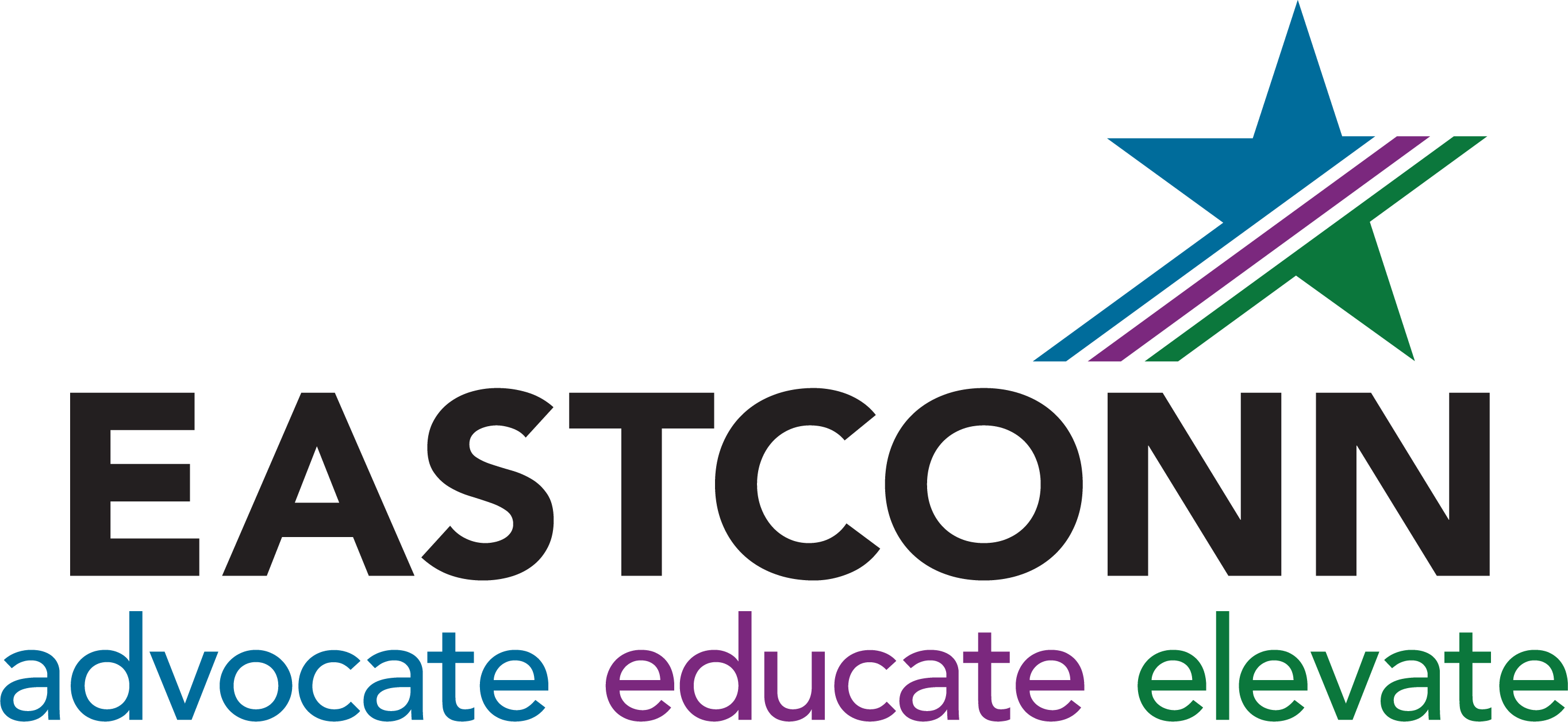SEL Blog - Equity Mindsets, Part Two
(April 7, 2022)
What does it look like to have an equity mindset in today’s schools and classrooms?
If I strive to know all learners well, to build a culture of trust, and to form a learning community where we support each other, then all learners will have a fair and just opportunity to grow and to thrive.
The above sentence is my working theory of action for cultivating an equity mindset in learning environments.
I recently spent a week with several different schools facilitating professional learning sessions and helping educators to prepare for the opening of the new school year. I was asked to prepare workshops that centered on social and emotional learning. My task was to help teachers to prepare for their students by attending specifically to their social and emotional learning. And although each school had different contexts and needs, I found myself repeatedly returning to my equity mindset theory of action to help me to plan for these workshops. If we know all learners well, if we focus on trusting relationships, and if we work to become a learning community where we support each other, there is no stopping the learning that can happen! If this is equity work, then what are the structures, systems and strategies that will get us there?
It starts with the circle.
“Most Italian towns center around a piazza where people stroll in the evenings and visit outdoor cafes. Plains Indian tepee encampments circle around a central point in which tribal members hold feasts, honor community members, or dance. Both of these cultures have a “city” plan that responds to the human need to gather and be part of a whole. Both seem to realize that people come together when a place is inviting, safe, and at the center of things… Community circles and small groups build the physical space, while communication, respect and compassion create the emotional and intellectual space of a classroom community. Like the piazza, the classroom becomes a welcoming environment, for this communal space is built on the principles of intimacy and caring.”
(Reflections on Design Principles, Emily Cousins; Expeditionary Learning Outward Bound, 1998)
The circle is a symbol of equity. Whether in tribal councils, King Arthur’s court, or the Italian piazza, humans have used circles throughout history and across cultures as a way to gather and to provide equal voice and place.
In schools, we can use the circle as a foundational structure and strategy to get to know each other well, to build trust among one another, and to create an ethic of support and collaboration. In other words, circle meetings are the building blocks of our culture of equity.
The next step is to establish the norms or ways of our community: how will we agree to work together? These community norms will serve as our guidelines and will function as a binding agreement between all members of the community for how we will work together and hold each other accountable. Everyone contributes to the development of these norms, and therefore we all have a stake in them. Norms establish a culture of “with” rather than “to” or “for”; in other words, we are all in this together, doing the work with each other and not to or for others.
With class norms in place, all members of the community are now empowered to strive toward their own goals while also supporting one another. And in terms of establishing a more equitable learning community, circle meetings and class norms are essential first steps.
So what does this look like in action? In my next post, I reflect on how my circle work with educators played out in these first few weeks of school.


